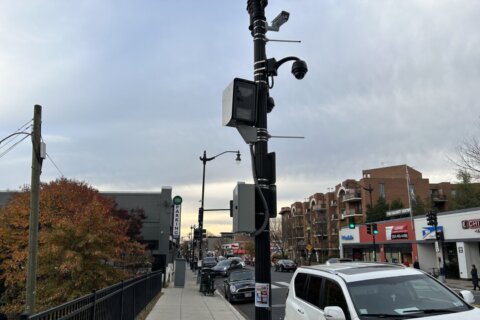Substance use and alcohol consumption was down among D.C. public and public charter school students in 2021 compared to 2019, according to the newly released results of the D.C. Youth Risk Behavior Survey.
But the data also highlights concerning trends among students’ mental health and well-being.
The rate of substance use — including cigarettes, vaping products, marijuana and alcohol — among high schoolers decreased from 2019, the survey found. There was a 9% drop in marijuana use, according to the survey, the largest decline within that category.
“The trends are showing hopeful direction here for us,” said Aimee McLaughlin, manager of data and strategic initiatives in the division of health and wellness in the office of the state superintendent for education. “The current usage rate in general doesn’t mean that our jobs are all done here.”
Over 11,560 high school students and over 11,780 middle schoolers took the 2021 survey, which was distributed at a time when the pandemic was still impacting schooling and other routines.
Tia Marie Brumsted, assistant superintendent for health and wellness, said the city uses the survey data to figure out how to best support students and their schools.
“2021 was an extraordinarily difficult and new time period for our young people, for our families and for our schools. We were in the middle of a COVID-19 public health pandemic,” Brumsted said.
The rate of suicidality, according to the survey, has increased since 2007 among middle school females and “remains concerningly high in 2021, at approximately double the rate of males,” the survey said.
It also found that LGBQ+ middle schoolers are 2.8-times more likely to attempt suicide than their heterosexuals classmates, and 2.5-times more likely to have poor mental health. Transgender students are not included in that data, because they’re separated for data comparison, McLaughlin said.
In response to that data, Brumsted said school officials are using some federal stimulus money to invest in “providing suicide prevention education, available to all of our schools, as well as training to providers to help ensure that folks, at no cost, across every school, have access to this critical set of curricula and supports for students.”
While sexual activity has decreased for middle and high schoolers, the survey said, condom use is also declining. To address that trend, Brumsted pointed to a partnership with the city’s health department regarding sexual health education and screening initiatives.
The city, Brumsted said, has also focused on increasing professional development in support of LGBTQ+ students.
There’s also a rise in middle school students getting bullied online, the survey found. Electronic bullying increased from 2019, notably among middle school girls.
“We care deeply about the physical and mental health of all students in the District of Columbia and have made significant investments to provide students supports to be successful in school and life,” Superintendent Christina Grant said in a statement. “Data from the Youth Risk Behavior Survey help us determine where to focus our efforts to ensure our students can thrive.”








